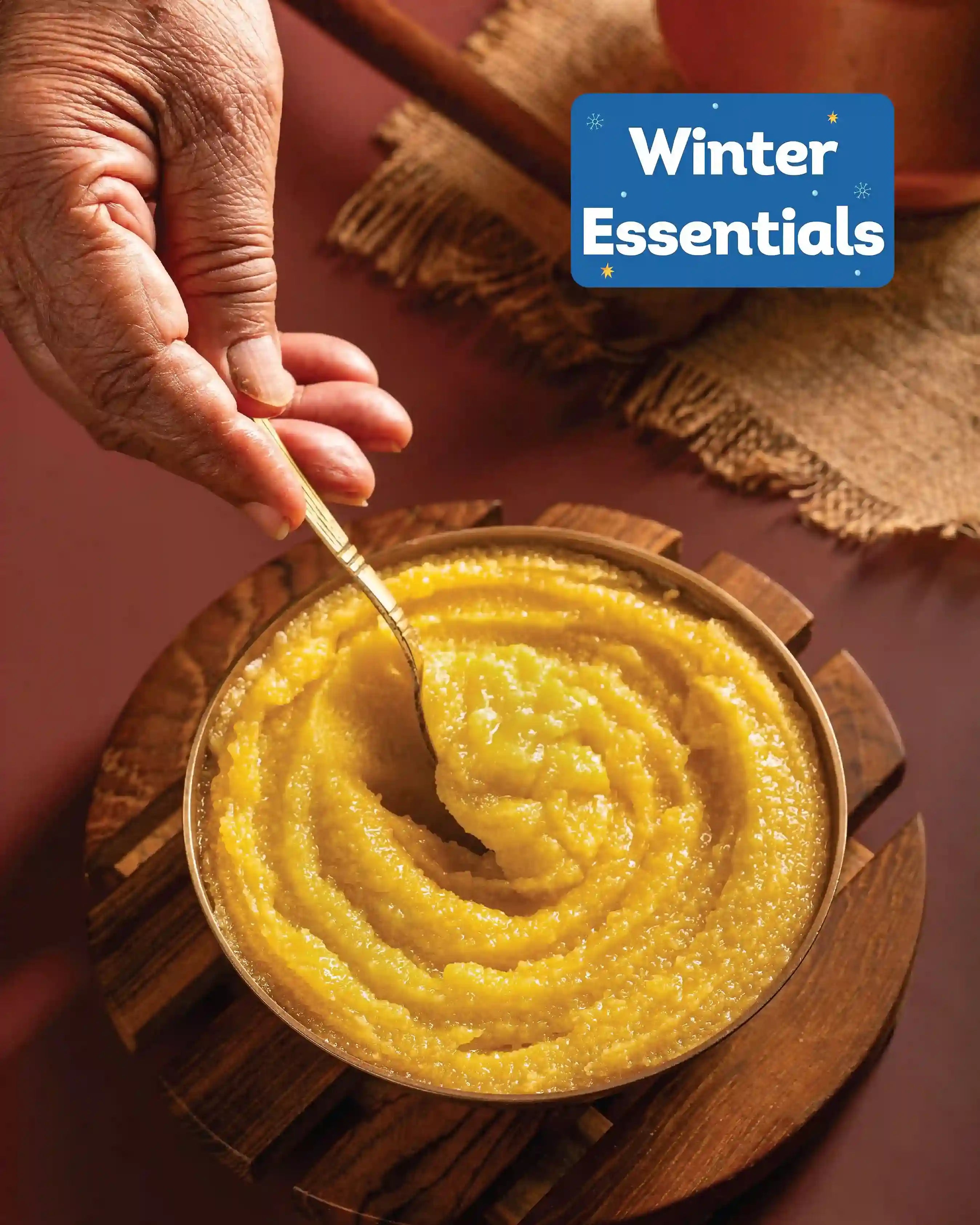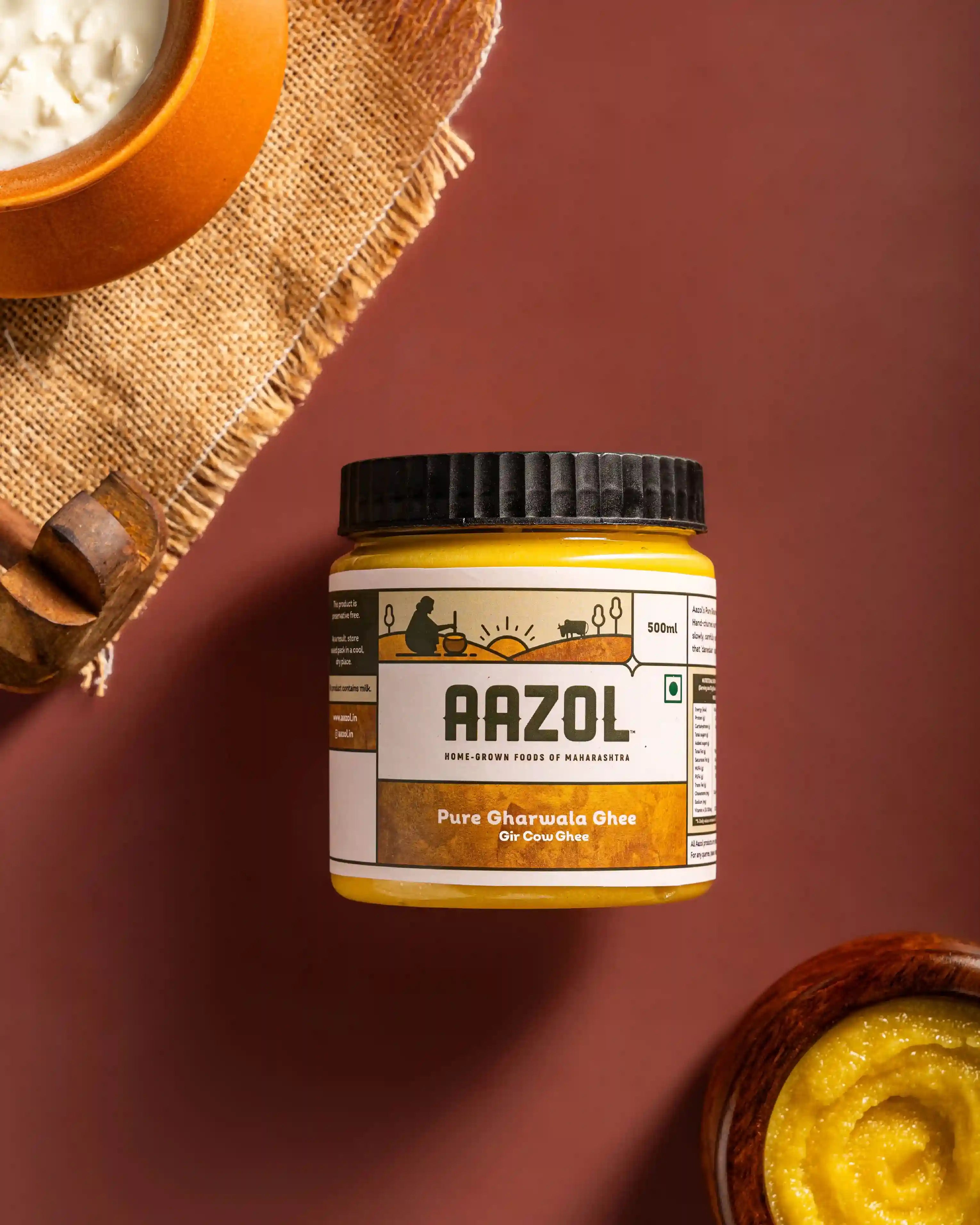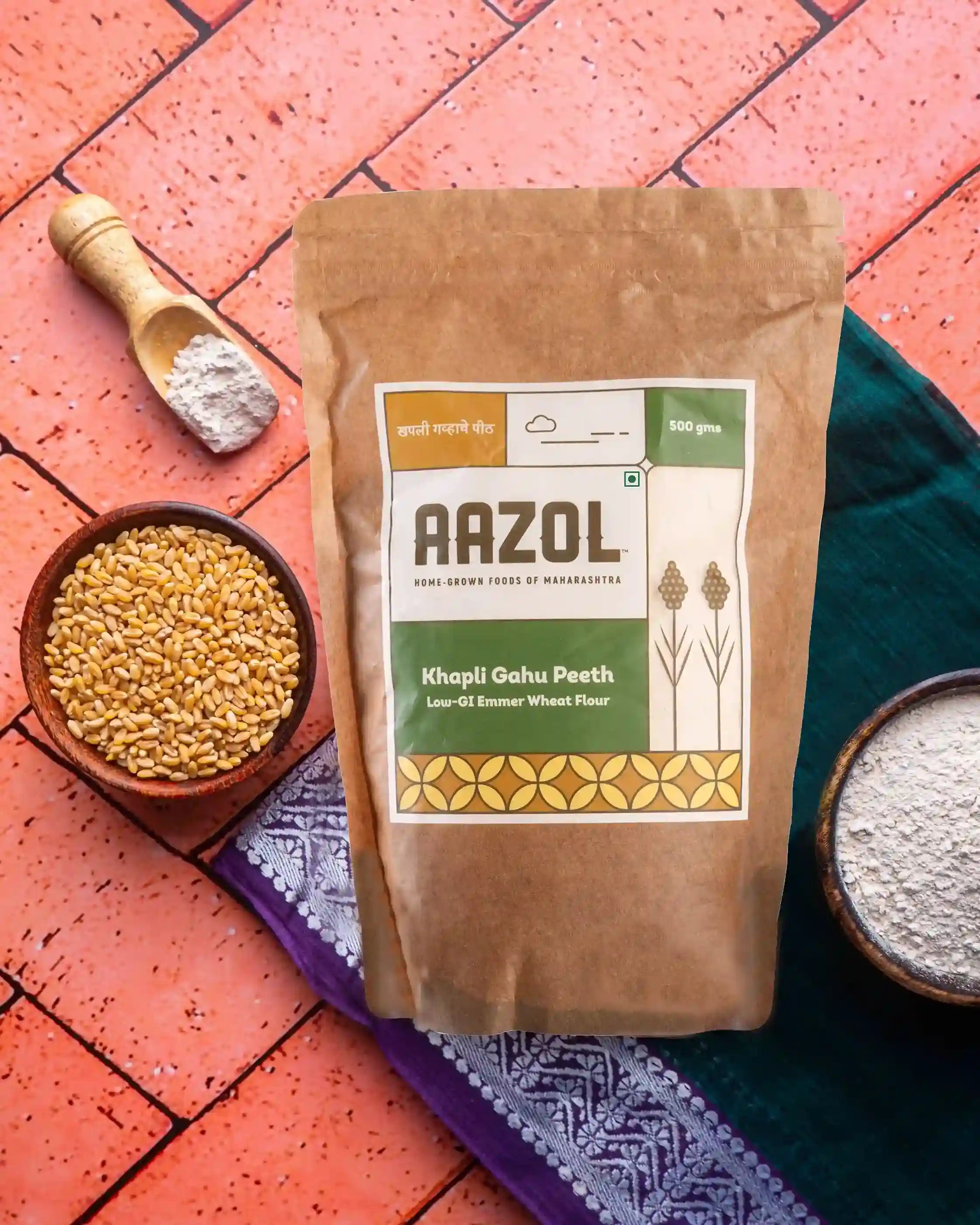In the landscape of healthy eating, the choice between red and white rice poha can be akin to navigating a maze of nutritional claims and dietary preferences. While both varieties offer a comforting and versatile base for delicious meals, the nutritional disparities between red and white poha are worth exploring. Join us on a journey as we dissect the benefits, calories, and nutritional values of red and white poha, shedding light on which option might better align with your health goals and culinary preferences.
Red Rice Poha: A Healthier Alternative
Red Rice Poha emerges as a standout contender in the quest for healthier dietary choices. With its vibrant hue and robust flavour, red poha offers a host of nutritional advantages over its white counterpart. Aazol, drawing inspiration from the cherished traditions of maternal grandparents' homes, proudly presents Red Rice Poha as a wholesome alternative, brimming with dietary fibre and essential nutrients. Let's delve deeper into the nutritional profile of Red Rice Poha and uncover its myriad health benefits.
Benefits of Red Rice Poha
Red Rice Poha boasts an impressive array of health benefits, making it a preferred choice for health-conscious individuals:
- Rich in Dietary Fibre:- Red poha is a treasure trove of dietary fibre, which aids digestion, promotes gut health, and prevents constipation. Its high fibre content ensures a steady release of energy, keeping you feeling full and satisfied for longer periods.
- Essential Nutrients:-Loaded with essential vitamins and minerals, including Vitamin B, calcium, and phosphorus,red poha supports overall health and vitality. These nutrients contribute to bone strength, dental health, and the prevention of migraines, making red poha a holistic choice for nourishment.
- Low in Trans Fat and Cholesterol:- Unlike white poha, which may contain higher levels of trans fat and cholesterol, red poha offers a heart-friendly alternative. By opting for red poha, you can enjoy the comforting flavours of a traditional breakfast without compromising on cardiovascular health.
- Control of Diabetes: With its low glycemic index, red poha helps regulate blood sugar levels, making it suitable for individuals with diabetes or those aiming to manage their blood sugar levels effectively. Its slow-release carbohydrates provide sustained energy without causing spikes in blood glucose levels.
- Anti-inflammatory Properties: Packed with antioxidants ,red poha helps combat inflammation, protecting against chronic diseases and promoting overall well-being. Including red poha in your diet may help reduce the risk of inflammatory conditions and support a healthy immune system.
Calories & Nutritional Value
A closer look at the nutritional composition of Red Rice Poha reveals its impressive profile:
- Carbohydrates:- Red Rice Poha contains approximately 77.42% carbohydrates, providing a steady source of energy to fuel your day.
- Protein:- With a protein content of 7.87%, red poha supports muscle repair and growth, contributing to overall health and vitality.
- Total Fat:-Red poha is low in fat, with only 0.52% total fat content, making it a heart-friendly option for those mindful of their cholesterol levels.
- Energy:-With an energy value of 345.84 kcal per 100g, red poha serves as a nourishing breakfast choice to kickstart your morning on a wholesome note.
Interesting Facts about Red Rice Poha
- Cultural Heritage:- Red Rice Poha is deeply rooted in Indian culinary traditions, particularly in regions like Maharashtra, where it is a popular breakfast dish known as Kande Pohe. Its vibrant red hue adds a splash of colour to the breakfast table, making it as visually appealing as it is nutritious.
- Versatile Ingredient:-While red poha is commonly enjoyed as a breakfast item, it can also be used in various other dishes, including snacks, desserts, and even savoury mains. Its mild flavour and fluffy texture make it a versatile ingredient for culinary experimentation.
- Sustainable Farming:- Red rice, the primary ingredient in red poha, is often cultivated using sustainable farming practices. By choosing red poha, you're not only nourishing your body but also supporting environmentally friendly agricultural methods.
- Culinary Innovation: In recent years, chefs and food enthusiasts have been experimenting with red poha in creative ways, incorporating it into dishes like salads, pilafs, and even baked goods. Its nutritional benefits and unique texture make it a star ingredient in modern, health-conscious recipes.
Red Rice Poha vs. White Poha: A Comparative Analysis
Let's examine the distinguishing features of red and white poha in a concise table:
|
Nutritional Component |
Red Rice Poha |
White Rice Poha |
|
Dietary Fibre |
High |
Low |
|
Glycemic Index |
Low |
High |
|
Trans Fat & Cholesterol |
Low |
High |
|
Cultural Significance |
Deeply traditional |
Widely Consumed |
Conclusion: Making an Informed Choice
In the ongoing debate between red and white poha, the verdict ultimately depends on your individual health goals and dietary preferences. While both varieties offer a convenient and versatile base for meals, Red Rice Poha shines as a nutritional powerhouse, brimming with essential nutrients and health benefits. Its rich fibre content, low glycemic index, and heart-friendly profile make it a preferred choice for those prioritising holistic well-being.
Experience the Wholesome Goodness of Red Rice Poha with Aazol
Ready to embark on a journey towards healthier eating habits?
Elevate your culinary experience with Aazol's Red Rice Poha, a delicious and nutritious alternative to the conventional white variety. By choosing Red Rice Poha from Aazol, you're not only indulging in the comforting flavours of a traditional breakfast but also nourishing your body with wholesome ingredients. Join us in embracing the goodness of Red Rice Poha and embark on a path to holistic wellness. Purchase Aazol's Red Rice Poha from our website https://aazol.in/
Author
Grishma Sharma











Comments (0)
Your comment may be featured to help others on a similar journey